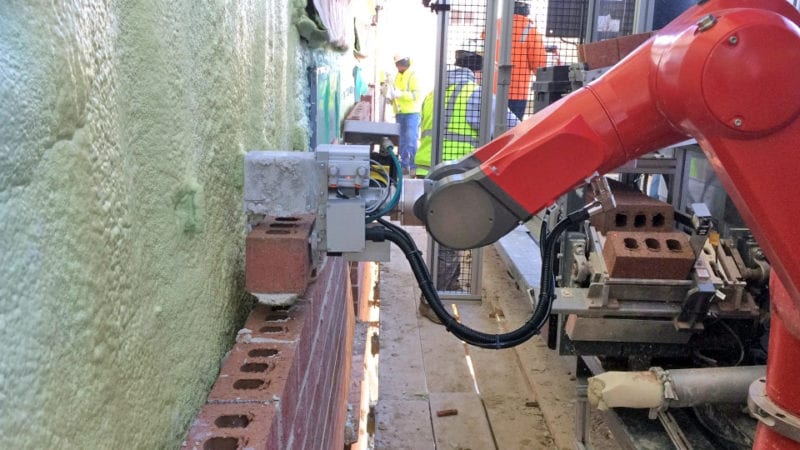In a sector that is desperate to improve productivity and efficiency, it seems paradoxical that construction remains one of the least digitised industries, only beating agriculture and hunting, according to McKinsey
Construction needs to catch up quickly and realise the benefits can come from disruptive technology solutions.
The Centre for Digital Built Britain recently released its Gemini Principles report which identified that greater data sharing could release £7bn per year in benefits across the UK. It will do this by enabling better decisions leading to financial savings, improved performance and service along with better outcomes for business and society as a whole.
A recent survey undertaken by technology specialist NBS found that 90% of respondents recognise that digitisation will transform how they work and that 70% think that those who do not adopt digital ways of working will go out of business. Many also see technology as an opportunity to develop offsite construction, with 41% already designing for offsite and a further third planning to do so within 5 years.
Digital technology goes way beyond BIM, which is just one core aspect of its potential application across the construction sector. Whether it’s drones for digital mapping and surveying, moving to paperless collaborative projects, 3D printing or increased use of artificial intelligence, McKinsey estimates that the industry can improve productivity by around 15% by infusing digital technologies across the construction process.
There are a number of significant robotic solutions about to break into the industry. It is about to be possible to use a 3D printing robot to build a large building. A mobile robotic arm controls a 3D printer that builds an entire structurally safe building using a preprogrammed set of instructions. This technology has already been successfully used to build bridges in Netherlands.
We are now seeing robots that can undertake brickwork and masonry, dramatically improving speed and quality. Demolition robots have been developed to demolish concrete and structural components that may be slower than humans but are far safer and cheaper.
Among the main inhibitors in the industry is a fragmented understanding of digital skills along with short term pressures that restrict investment in technology. Without the right conditions for innovation demand for digital skills will continue to be slow wasting precious opportunities for improved productivity and efficiency.
Putting ideas into practice is recognisably difficult in a sector that designs and delivers complex projects with little margin for error or waste, but none of it is going to get any easier. Projects continue to get bigger and even more complex and a growing demand for environmentally sensitive construction, along with a persistent skills gap, makes digital construction technologies a no brainer.
There will never be a more obvious time to embrace the benefits of digitalisation.






